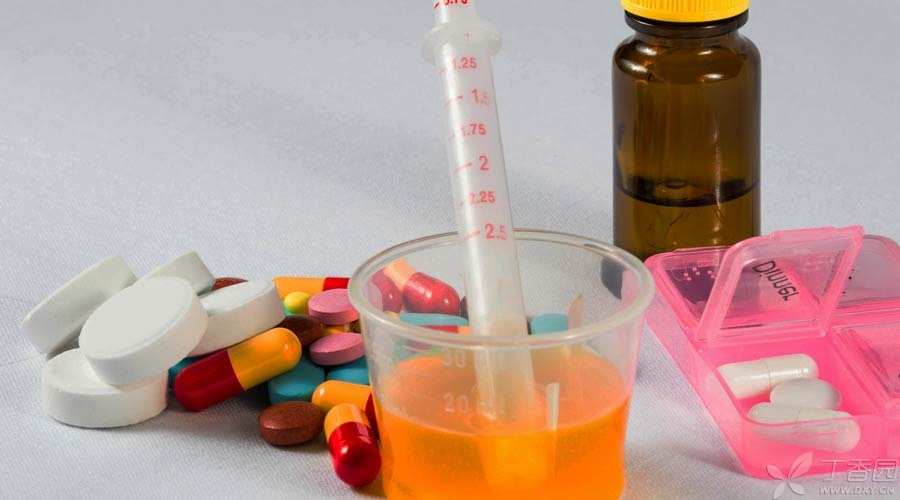
Anti-thyroid drugs (ATD) are the most common treatment for hyperthyroidism. Commonly used anti-thyroid drugs include methimazole (MMI) and propylthiouracil (PTU).
The mechanism of action of the two drugs is similar, but they are different in metabolic patterns and side effects, so the applicable population and usage methods are different. Today, let’s talk about the matters needing attention in the use of methimazole.
Methimazole is also commonly known as [Saizhi] [Tapazole].
How long can methimazole be cured?
The course of treatment for methimazole is generally 1-2 years.
However, some people will suffer from repeated illness after drug withdrawal and need to extend the treatment time. Patients who cannot actively cooperate with the treatment may also lead to prolonged treatment course.
During the period of taking the medicine, patients are also required to regularly review the thyroid function and adjust the dosage of the medicine, usually once every 1-3 months. The specific frequency is determined by the doctor according to the stable condition of the disease.
What are the common side effects of methimazole?
1. Granulocytopenia or deficiency
The patient may not have any symptoms, or may have fever, sore throat, cough, expectoration, diarrhea and other symptoms.
Through blood routine examination, it can be found that the number of white blood cells and neutrophils decreases. Severe granulocytopenia may cause severe infection and even endanger life.
2. Liver damage
Like agranulocytopenia, patients may not show any liver function damage, but may also show symptoms such as fatigue, poor appetite, yellowing of skin and or sclera, yellowing of urine, etc.
Through liver function examination, transaminase and bilirubin can be found to be elevated, and bilirubin is mainly elevated.
3. Allergic reaction
Slight manifestations include fever, rash, etc., and severe manifestations include exfoliative dermatitis.
What if there are side effects?
See a doctor immediately and ask a doctor to deal with it.
Because methimazole has these common side effects, blood routine and liver function are usually checked before treatment is started to make sure that there is no granulocytopenia or abnormal liver function before application.
Blood routine and liver function should also be reviewed regularly during medication.
- Generally, the monitoring frequency of liver function is once a month, or at the same time as the reexamination of thyroid function. The monitoring frequency of blood routine is initially once a week. If there is no granulocytopenia after three months, the monitoring frequency can be reduced and the reexamination can be carried out at the same time as the reexamination of thyroid function.
Reexamination is the main means to find side effects in time and ensure drug safety.
If symptoms related to the side effects of the appeal or any obvious discomfort occur within the review interval, the patient should return to the clinic in advance.
1. Granulocytopenia or deficiency
If granulocytopenia occurs, the drug should be stopped immediately.
The normal number of neutrophils in human body is above 2.0 × 10 ^ 9/L. The number of medium granulocytes is lower than 2.0 × 10 ^ 9/L, but higher than 0.5 × 10 ^ 9/L, which is called granulocytopenia. If granulocytopenia occurs, leukocyte-increasing drugs should be applied and blood routine monitoring should be continued.
When the number of medium granulocytes is less than 0.5 × 10 9/L, it is called agranulocytopenia. If granulocytopenia occurs, one should go to the hematology department for treatment, apply leukocyte-increasing drugs, be hospitalized, hormone therapy when necessary and anti-infection therapy at the same time.
2. Abnormal liver function
To a lesser extent and without clinical symptoms, doctors may recommend the application of liver-protecting drugs to monitor liver function while continuing anti-nail therapy.
If liver function damage occurs, transaminase level or bilirubin level increases by more than 2.5 times, the drug should be stopped immediately, and the patient should go to the digestive department for treatment, liver protection treatment and hormone treatment if necessary.
3. Allergic reaction
If there are minor allergic reactions such as fever and rash, and if the symptoms are relieved after antihistamine therapy, try to continue antithyroid therapy in small doses.
In case of serious allergic reaction, drugs should be stopped immediately, antiallergic therapy or hormone therapy when necessary.
4. Other
If hypoglycemia, digestive system symptoms, or other discomfort that you think may be related to medication occur during medication, especially at the initial stage, you should consult a doctor to determine whether withdrawal or further examination is required.
Responsible Editor: Haitang
